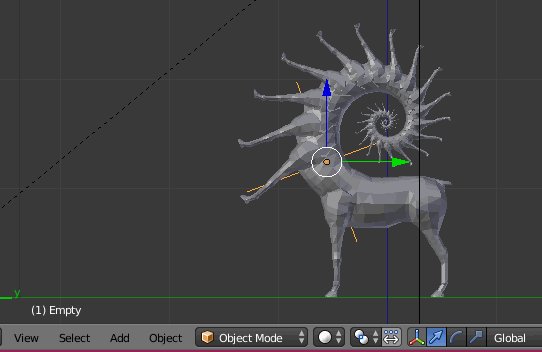Weekly Digest: Recursion

Recursion
Summary of “The Big Recursive Idea” which is Just don’t think about the recursion.
3 steps to recursion problem solving
- “Iterate“. Come up with the parameter list which can be figured out iteratively and should most always be identical to the final recursive param list
- “Nibble and Dispatch” Write a “dispatcher” function that solves for some “minimal” data set (i.e. size parameter of array is 0)
- Then dispatcher should call iterative function to handle non-minimal cases. ❗️must pass smaller data set to iterative function, i.e. by passing array size - 1`
- Then dispatcher must only handle last elements in the array and then add it to return value of the dispatched iterative.
- “Leap of faith” In the dispatcher, replace the call to the dispatched iterative function by swapping in a call to the dispatcher (itself)
- Works by either handling the minimal data set OR handling 1 small piece/nibble of the data set , then makes a call to solve the problem for the reduced data set. Combines all these results together.
- Don’t think about what the recursive call does, just “if this call returns the result it is supposed to, how do I solve the entire problem?”
How I would write recursion in very lengthy pseudocode:
a "recursive function name" that does something on "parameters":
base case - what condition is the simplest case of
what "parameters" can be?:
in this simple/smallest case, do something for the last
time with last 1 unit of parameter return the result
else if, are there any other next simplest cases to catch?:
pass
else:
do something to 1 unit of the parameter
return a call to "recursive function name"
on 1 unit smaller version of parameter,
reduce the parameter so that it
eventually becomes simple/small case above
Next up, read Weekly Digest: Recursion 🐎